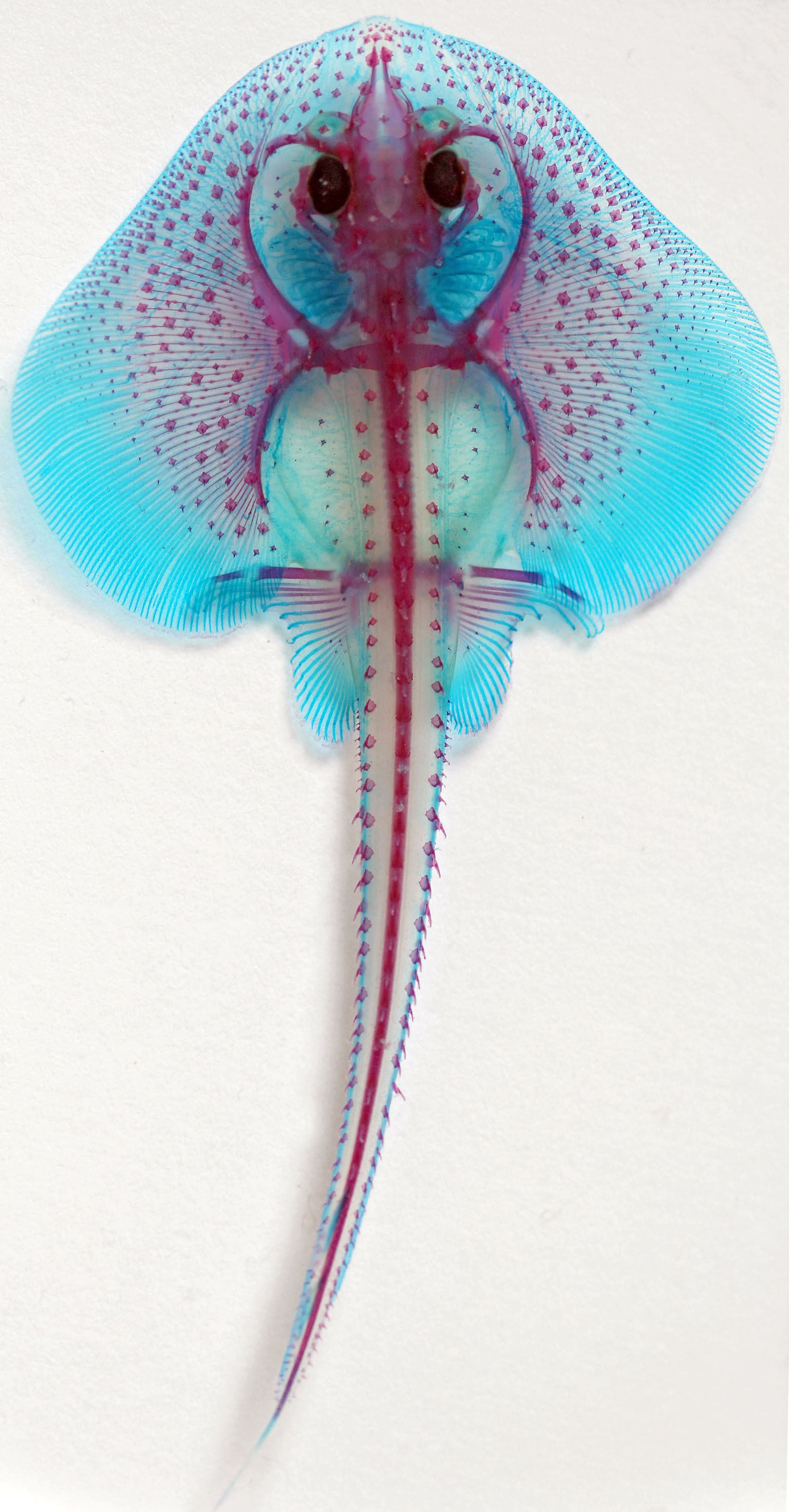Beautiful Science
Sign up now: Get ST's newsletters delivered to your inbox
Follow topic:
Human limbs could have evolved from shark's gills, according to new research from the University of Cambridge. Unlike other fishes, cartilaginous fishes such as sharks, skates and rays have a series of skin flaps that protect their gills.
These flaps are supported by arches of cartilage attached to finger-like appendages called branchial rays, said the university in a statement. In 1878, influential German anatomist Karl Gegenbaur presented the theory that paired fins, and eventually limbs, evolved from a structure resembling the gill arch of cartilaginous fishes.
Now, researchers have reinvestigated Gegenbaur's ideas using the latest genetic techniques on embryos of the little skate - a fish from the very group that first inspired the controversial theory over a century ago - and found striking similarities between the genetic mechanism used in the development of its gill arches and those in human limbs. Scientists say it comes down to a critical gene in limb development called Sonic hedgehog, named after the video- game character by a research team at Harvard Medical School.
The new research shows that the functions of the Sonic hedgehog gene in human limb development, dictating the identity of each finger and maintaining growth of the limb skeleton, are mirrored in the development of the branchial rays in skate embryos.
Dr Andrew Gillis, from the University of Cambridge's Department of Zoology and the Marine Biological Laboratory, led the research.
He says that it shows aspects of Gegenbaur's theory may be correct and provides greater understanding of the origin of jawed vertebrates, the group of animals that includes humans.


